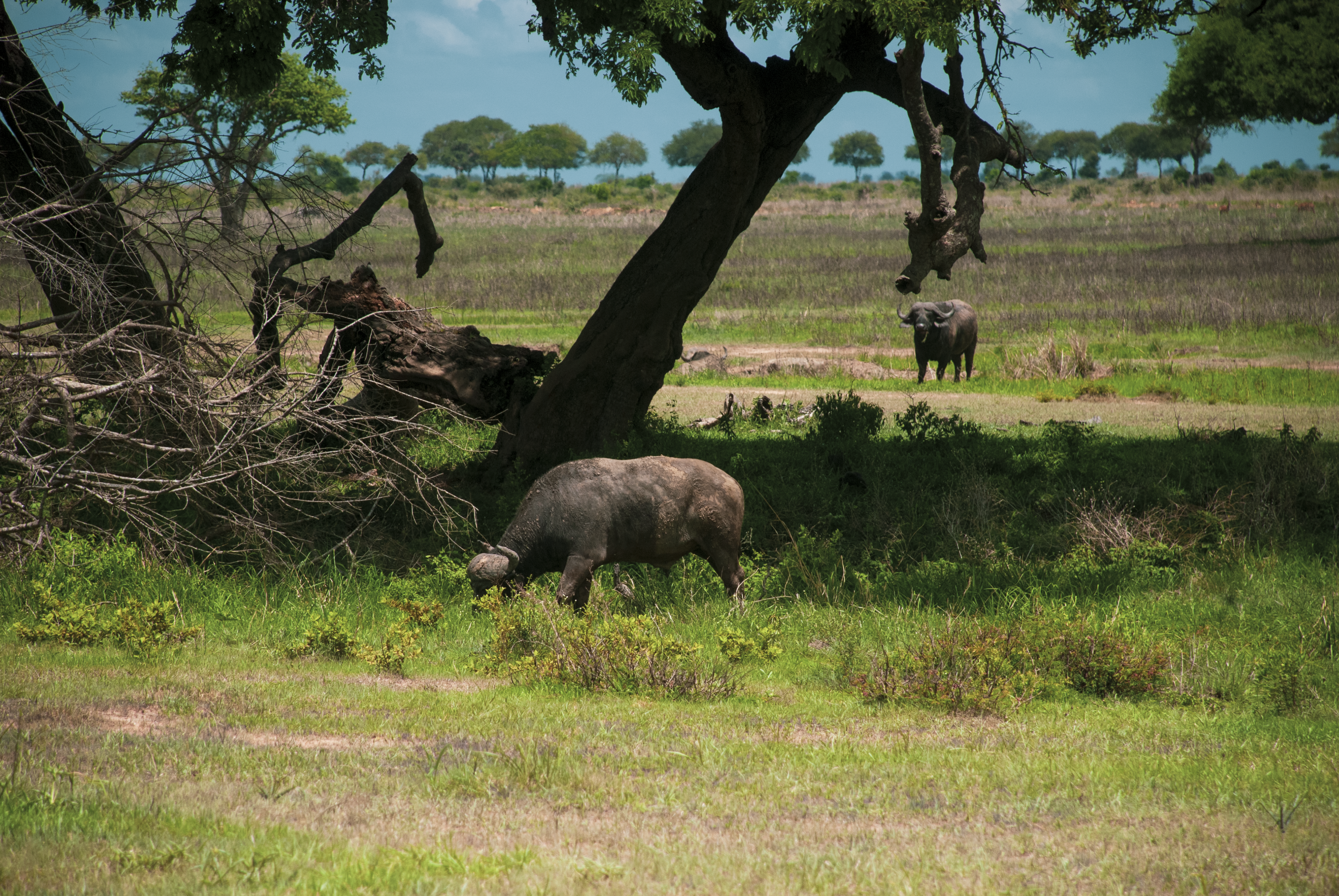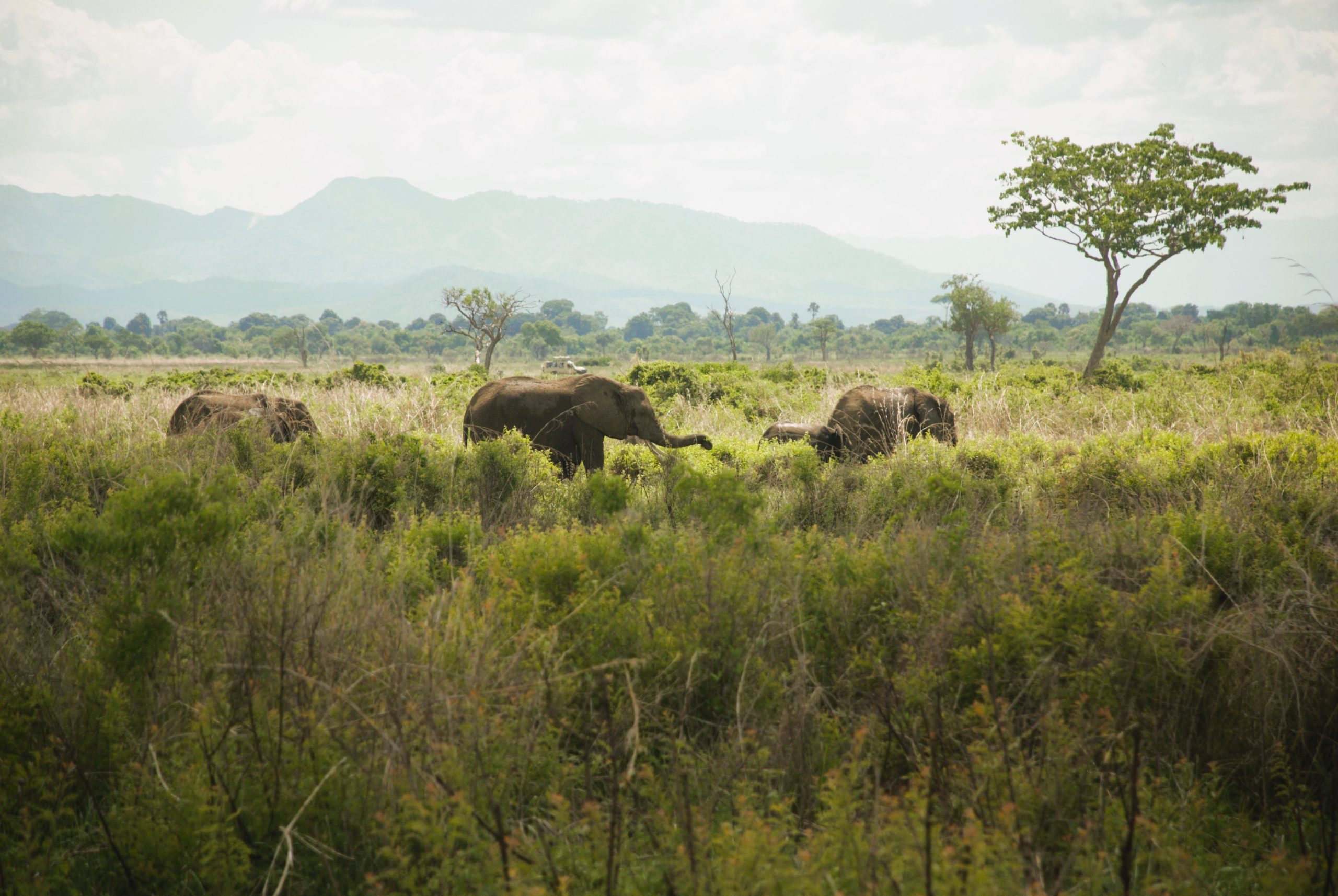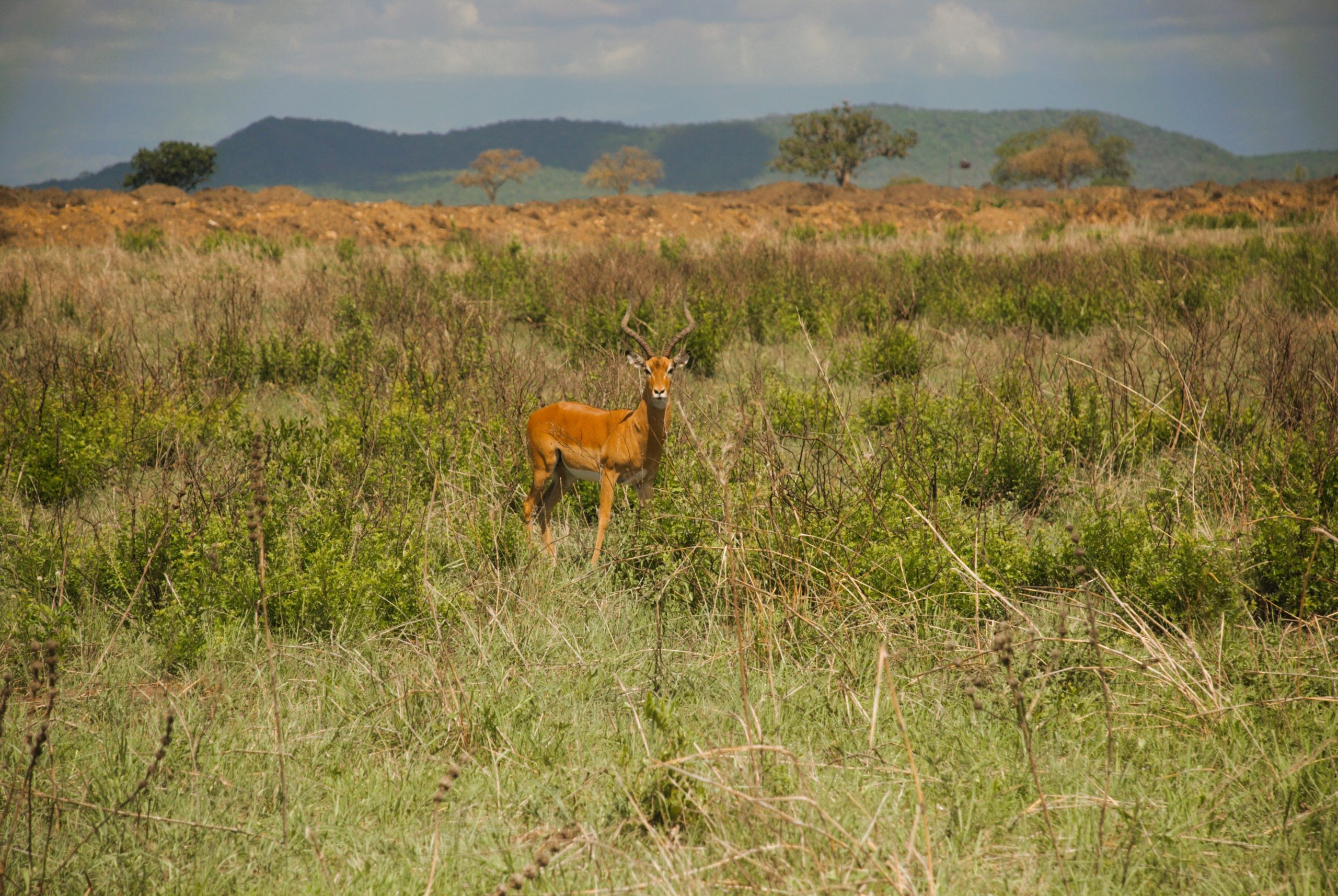The African buffalo, or Cape buffalo (Syncerus caffer), is a formidable and iconic animal of the African continent.
Key Characteristics:
- Powerful Build:
- They are large, robust bovines with a stocky build.
- Adult males can weigh between 300 to 900 kg (660 to 1,980 lbs).
- Distinctive Horns:
- Both males and females have horns, but those of the males are particularly impressive, with a heavy “boss” (a shield-like plate) and curved tips.
- Social Animals:
- They live in herds that can range from a few dozens to thousands of individuals.
- Herd dynamics are complex, with hierarchies and social bonds.
- Habitat:
- They inhabit a wide range of habitats, from open savannahs to dense forests, as long as there is access to water.
- Diet:
- They are herbivores, primarily grazers, feeding on grasses.
Important Points:
- “Big Five” Status:
- African buffalo are one of the “Big Five” game animals, a term originally used by big-game hunters to denote the most dangerous and challenging animals to hunt.
- Defence and Aggression:
- They are known for their strong defence mechanisms and can be aggressive when threatened.
- Herd defence is a key strategy, and they will readily defend members of their group.
- Subspecies:
- There are several subspecies of African buffalo, including the Cape buffalo (the largest), the forest buffalo (smaller and reddish), and others.
- Ecological Role:
- Buffalo play a vital role in their ecosystems, influencing vegetation through grazing and providing food for predators.
- Human-Wildlife Conflict:
- They can come into conflict with humans, especially in areas where agriculture and buffalo habitats overlap. They can damage crops and spread diseases to livestock.
- Conservation:
- Habitat loss, poaching, and disease are threats to buffalo populations in some areas.





Leave a Reply